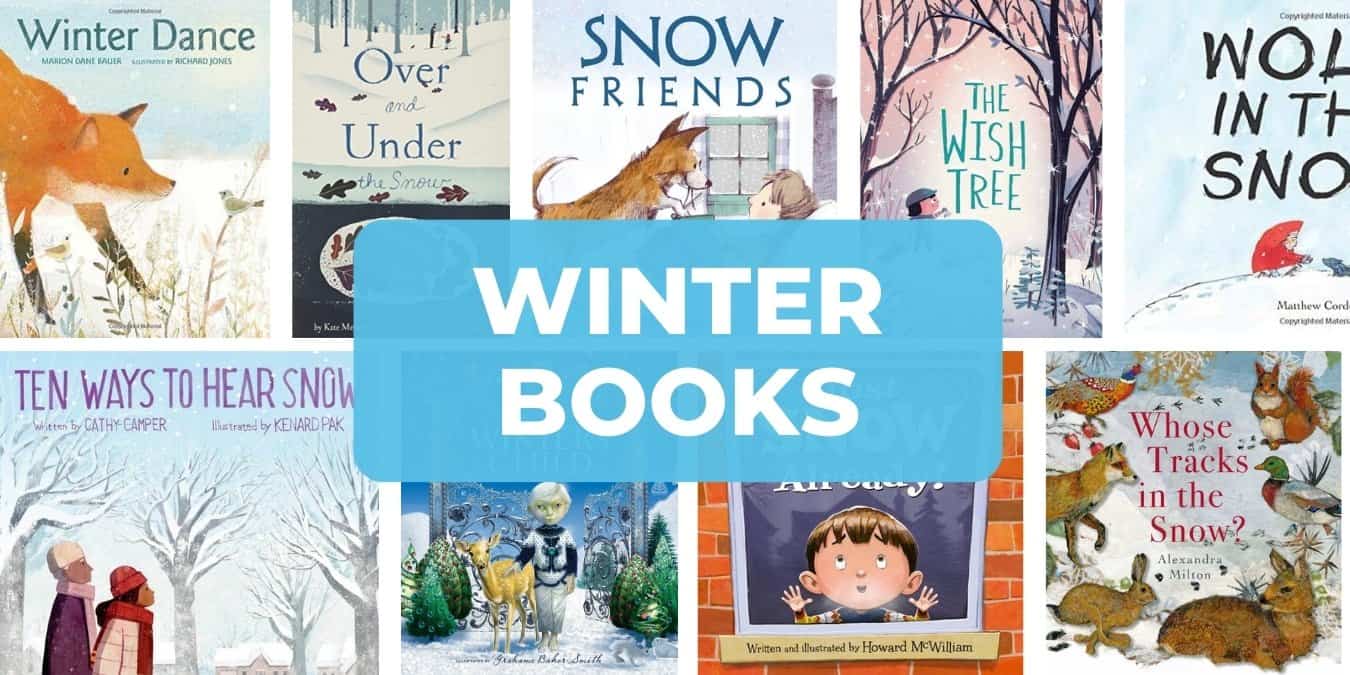As a teacher and mother, I’ve never been worried about what my children or students were reading—as long as they were engaged in their desired material. When I was pregnant with my first son, I read to him every single day in utero. The second he came out, and all throughout his young life, I read him everything from magazines and poetry books to fiction and non-fiction books.
Every so often, my friends will ask me how we got him to love reading, and three main things stand out when I think about his journey. Here’s how you can instill a love for books in your child.
Allow them to choose what they read
At 15 months, my son was hardly talking. But I would read him stories and leave out the last word of the sentence, giving him the chance to finish it. Even though he wasn’t the chattiest at this age, he did read every day and knew the way language worked. In second grade, he began to read on his own. His reading material of choice? Comic books. He would collect them, read and re-read them. The great thing about Comic books is they blend words and pictures. While I was still reading books (sans photos) to him, he had yet to pick up one on his own.
My husband kept watching him for signs of “blooming.” I kept saying, “He’ll bloom in his own time.” Andrew is reading—whether it’s comic books, 1,000 baseball cards or Pokemon cards—he’s still reading. When the passion for reading comic books passes, he’ll be used to reading and turn to other forms of it. This turned out to be true. Andrew now reads all the time and shares that love with my grandson, Nick and his sister Julia.

Photo: iStock/fizkes
Embrace different forms of reading
With the influence of Andrew, earlier this year Nick entered his audible book era. He listened to them on long rides, on the way to school and on the drive to our house. Nick’s mom feared that he wasn’t actually reading, but I told her it was a different form of the action. “Audible books are still books, and he loves stories so much, he’ll start picking up books to read soon,” I told her.
Which he did—this past July, while Nick was on summer vacation, I received a picture of him with a stack of books he’d just read. His note read, “Hi Grandma! I read 20 books this summer!”
Audible books, comic books, graphic novels, and the craze of collecting Pokemon cards can all motivate your child to want to read. Childhood classics like Harry Potter and The Magic Tree House series are still on all the best children’s book lists—they’ve managed to stand the test of time. But if your little one is venturing into the world of reading, letting them have some control over what they consume will motivate them to care and pursue it as a hobby.

Dr. Victoria Waller
Support their unique reading tactics
In recent years, most of the children I’ve seen from ages four to seven collect Pokemon cards. With such unique character names, each one can be learned and sounded out by your child—which they do when encountering an unfamiliar word. With your help, your child will listen and learn each name because it relates to their Pokemon characters.
For easy access, The Pokemon Essential Handbook has every character listed in alphabetical order. On each page, there is a “how to say it” section that tells the reader how to pronounce the character’s name.
Here are some ideas of what to do with those hundreds of Pokemon cards:
- Make a chart on poster board, listing every character your child likes. Have them write a real word under the Pokemon name that has the same sound as the character. For example: Pikachu has the CH digraph. Under his name, your child might write “chocolate” or “chip” which have the “ch” sound. It’s a great way to combine a love of Pokemon and real words.
- Have your child create a story using the Pokemon characters. Type the story, print it and put it into a three-ring binder. They’ll love going back and reading their stories.
- Have your child put all the Pokemon cards in alphabetical order, or make a Bingo game with character names in all 25 spaces. Add real words with the same sounds under each character’s name. You are using what they love without formally teaching.

iStock
What does reading include?
Reading includes anything from listening to an audiobook to learning Pokemon cards to reading graphic novels and magazines. Some of my favorites include the Week Junior Magazine, Weird But True! series, classic joke books, the LEGO magazine, the National Geographic Kids magazine and comic books.
It’s all reading— if your child likes stories, they will eventually begin to read traditional books, too.
Author:
Dr. Victoria Waller is a creative child educator, rockstar tutor, and author of the best-selling book, Yes, Your Child Can: Creating Success for Children with Learning Differences.
Prominently known for her tutoring work with celebrity children including the Kardashians, Dr. Waller’s techniques create success for children with learning differences by drawing out and using their strengths, passions, and genius to teach them.

 PARENTING TIPS
PARENTING TIPS PREGNANCY
PREGNANCY BABY CARE
BABY CARE TODDLERS
TODDLERS TEENS
TEENS HEALTH CARE
HEALTH CARE ACTIVITIES & CRAFTS
ACTIVITIES & CRAFTS


